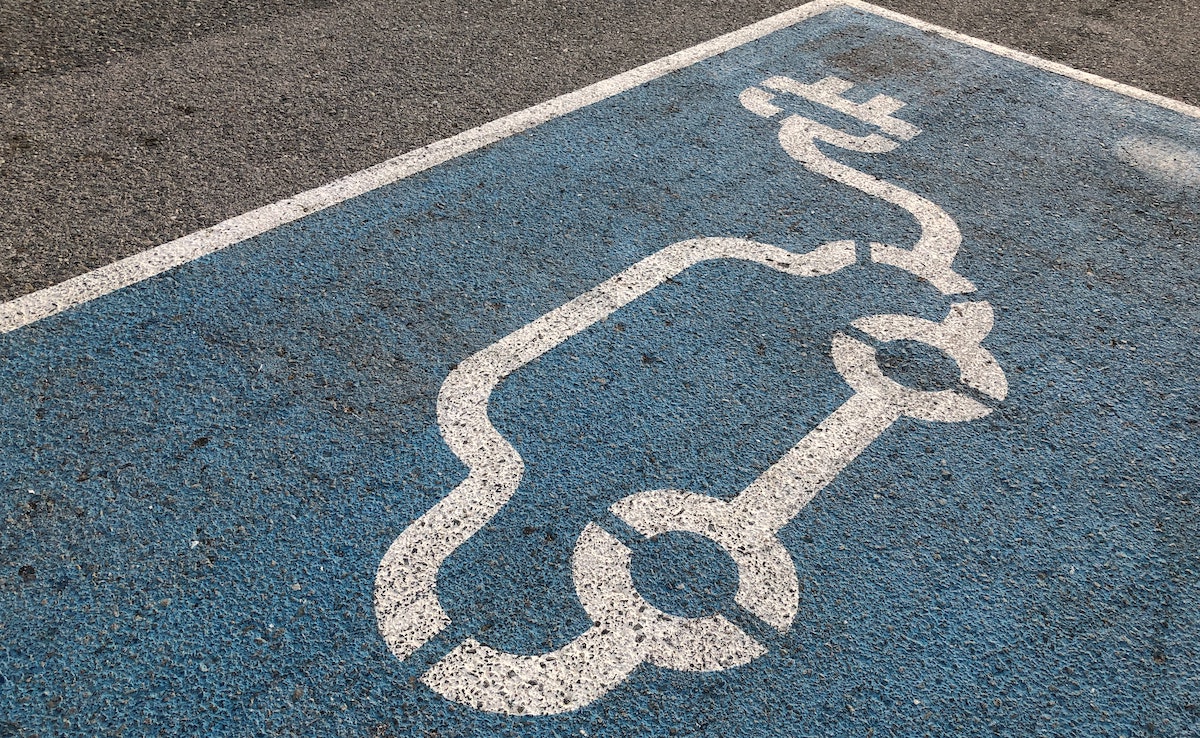By Syamil Hakimi & Nazran Zhafri
HYDROGEN is fuelling the major economies of Asia with Japan, South Korea and China leading the way. Even in Malaysia, there has been significant development in recent times after the Sarawak government and Petronas last year signed a memorandum of understanding to commercialise green hydrogen production and its supply chain throughout Asia. Hence the urgent question of the day – can hydrogen replace oil?
According to the International Energy Agency’s report, The Future of Green Hydrogen, hydrogen has had an impressive rise in popularity with demand increasing almost threefold since 1975. Part of the reason for this growth is the fact that hydrogen is viewed as a “cleaner” form of energy. But hydrogen, too, exacts an environmental cost as it is produced from fossil fuels. It is estimated that its production emits 830 million tonnes of carbon dioxide per year.
Because of hydrogen’s less-than-perfect environmental outcomes, “green hydrogen” is gaining traction. Green hydrogen is essentially fuel obtained from renewable energy instead of fossil fuels and it is touted as the way forward as the world tries to transition towards clean energy.
Unfortunately, according to the IEA, less than 0.1% of hydrogen in production is actually “green”. Further, it is considered a nascent industry with doubts over its efficiency and whether it can be created from renewable sources while reducing emissions sufficiently.
A similar trend can be seen in Malaysia with hydrogen gaining in popularity but green hydrogen still playing catch up. In July, Environment and Water Minister Tuan Ibrahim Tuan Man said Malaysia will begin developing its own hydrogen economy. The move is welcomed but the government needs to spell out specific policy levers, such as incentives and commercial viability. In 2017, the Blueprint for Fuel Cell and Hydrogen Industries in Malaysia provided key policy recommendations focused on hydrogen infrastructure, fuel cell applications, and emerging fuel cell technologies but progress is still slow due to the lack of regulatory support and minimal industry backing.
However, this is where the adoption of hydrogen leads to a major dilemma due to the significant monetary cost. For example,the production of green hydrogen is costly because it is produced from renewable electricity and water electrolysis. Seeing that 75% of the peninsula’s electricity generation is currently from fossil fuels, it will be difficult to accelerate the adoption of renewables to phase out hydrocarbon as a source of energy. Further, green hydrogen technologies, including power-to-gas systems and fuel cells, are expensive since there is no mass production.
In countries where hydrogen-fuelling infrastructure has succeeded, such as in Japan and South Korea, the national and local governments there are cognisant of the need to build publicly funded hydrogen fuel stations to develop an ecosystem. The government then shifts its strategies by utilising the cost-shared station model with industry to enable it to become a commercially viable business model. Malaysia should emulate these countries but it will require major expenses.

If the country is serious about establishing a full-fledged hydrogen economy, hydrogen needs to be harnessed as source of energy for mobility and power generation. But sectors where it is absent need to adopt the fuel and transportation is an ideal place to start. There must be a push towards active collaboration between main industry players, such as Proton andPerodua, and public transportation providers.
The move towards a hydrogen economy requires strategic thinking as well. More must be done to encourage the development of a specific industry-led research cluster that will look into the practical application and commercialisation of hydrogen-related technologies. The Collaborative Research in Engineering, Science and Technology (CREST) model in Penang serves as one way to nurture a well-functioning ecosystem for a targeted sector.
While bearing in mind the difficulties ahead, green hydrogen – touted as one of the fuels of the future – can certainly propel the nation towards the much coveted green economy. Thus, Malaysia should certainly continue to ride the hydrogen wave, albeit cautiously.





